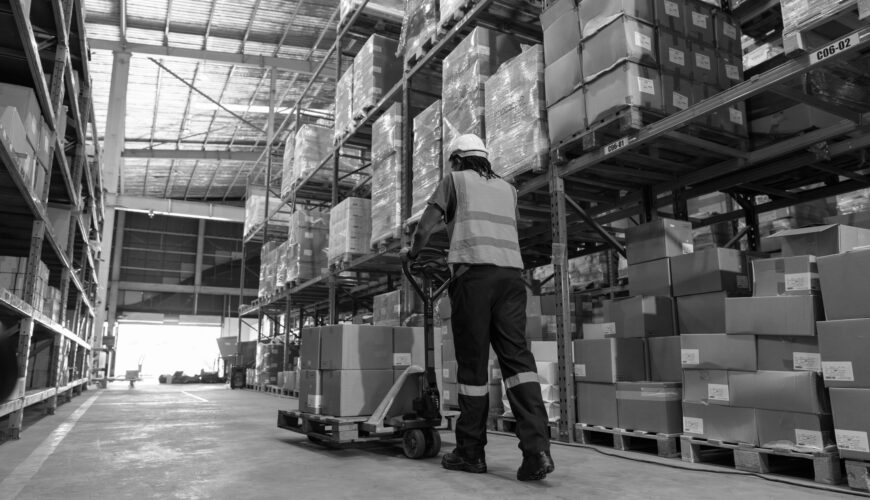E-commerce growth has transformed exist fulfillment centers into the beating heart of modern supply chains. However, with rising order volumes and customer expectations for faster delivery, many facilities face a similar challenge: how to move more product without expanding or building new space. The solution often lies not in square footage, but in smarter processes.
Rethinking the Floor Plan
The way materials and workers move through a building directly affects speed. By placing high-demand items closer to picking and packing areas, reducing unnecessary travel paths, and designing flow patterns in loops or U-shapes, operations can cut wasted motion. In some cases, cross-docking fast-moving items and routing them directly to outbound docks instead of storage helps reduce handling time.
Using Technology Strategically
Full-scale automation may be out of reach for many, but targeted solutions can bring quick wins. Pick-to-light or voice-directed systems guide workers efficiently, reducing errors. Automated sorters expedite order consolidation, while mobile robots or conveyors automate repetitive transport, enabling employees to focus on higher-value tasks. The key is to invest where technology can eliminate bottlenecks rather than replacing people altogether.
Investing in the Workforce
The workforce remains the backbone of fulfillment. Throughput suffers if employees are exhausted or underprepared. Creating ergonomic workstations, aligning shift schedules with demand, and investing in ongoing training all contribute to building a more resilient team. Small improvements in how staff are supported can translate into significant gains in productivity and accuracy.
Strengthening Inventory Accuracy
Inventory accuracy is a hidden driver of throughput. Nothing slows down a fulfillment center faster than searching for misplaced items. Real-time tracking through barcodes or RFID ensures accurate and reliable stock levels. Demand-based replenishment ensures high-volume items are always ready for pickers, while continuous cycle counting prevents unpleasant surprises during peak times.
Reducing Order Touchpoints
The more times an order is handled, the more opportunities for delay. Techniques such as batch or zone picking consolidate work, while integrating picking and packing in certain workflows speeds up order completion. Automating labels and documentation further removes small but costly slowdowns in the shipping area.
Making Data Part of Daily Operations
Metrics such as units per hour, error rates, and on-time delivery shouldn’t only be reported but also guide decisions. By continuously analyzing performance and applying lean or Six Sigma practices, managers can identify small process changes that collectively lead to significant throughput improvements over time.
Partnering Smarter with Carriers
Throughput doesn’t end at the warehouse door. Coordinating schedules with carriers helps avoid bottlenecks, while pre-sorting shipments by route or provider streamlines the handoff. Stronger collaboration ensures the efficiency built inside the facility extends all the way to the customer.
Conclusion For Improving Throughput In Existing Fulfillment Centers
Improving throughput in existing fulfillment centers is rarely about dramatic transformation. More often, it’s about layering together practical improvements, smarter layouts, targeted technology, a supported workforce, tighter inventory control, and sharper data use. By adopting this holistic approach, businesses can enhance their capacity, meet customer expectations, and defer the need for costly expansion.


